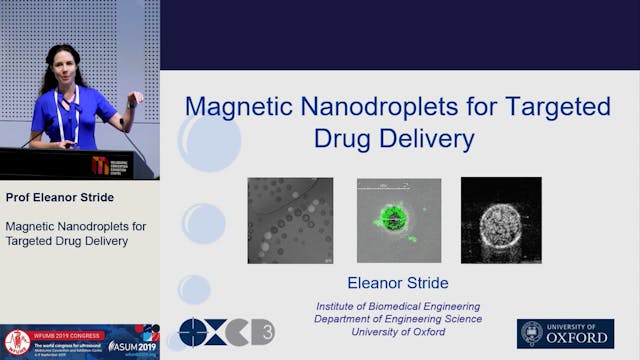Constructive shear wave interference imaging to characterize skin sclerosis
OTHER
•
14m
Acoustic Radiation Force Impulse (ARFI) and Shear Wave Elasticity Imaging (SWEI) have been shown to have value in quantifying the stiffness of skin in sclerotic disease processes, such as morphea and Graph-Versus-Host-Disease (GVHD). Quantifying the stiffness of sclerotic skin can have clinical value in longitudinal monitoring of disease progress and the response of the disease to therapeutic measures. Skin, however, presents some unique challenges to characterizing shear elasticity. The fibrosis in sclerotic skin can create very stiff elastic moduli, resulting in shear wave speeds that can exceed 5-6 m/s, causing (1) the displacements generated in these tissues to be small (single microns) and (2) challenges in tracking the waves as they propagate given limitations in the pulse repetition frequency of the tracking beams on commercial systems. A novel approach to measuring shear elasticity in the skin has been developed to help overcome these challenges. While traditional SWEI methods typically involve the generation of a single acoustic radiation force excitation and track the resultant shear wave at a series of spatially-offset positions, Constructive Shearwave Interference (CSI) imaging generates acoustic radiation force in a ring, and the resultant shear waves propagate towards the center of that ring, where they constructively interfere. Using the known radius of the excitation ring, the shear wave speed can be estimated by the arrival time of the shear wave front at the center of the ring, where the displacement amplitude is greatly increased through the constructive interference process. The feasibility of the CSI technology has been demonstrated in silico, and a custom acoustic radiation force excitation ring transducer has been developed with a center tracking piston to validate the CSI technology in tissue-mimicking phantoms of layered media. A clinical study in patients with chronic GVHD is being conducted to demonstrate the clinical utility of this technology and compare it to traditional SWEI methods.
Up Next in OTHER
-
Magnetic nanodroplets for targeted dr...
A limitation of microbubbles for both diagnostic and therapeutic applications is their relatively rapid clearance times, typically < 10 minutes. One solution to this is to use nanoscale droplets of volatile liquids that can be converted into microbubbles upon exposure to ultrasound. Their small s...
-
High frequency ultrasound in aestheti...
High Frequency Ultrasound in Aesthetic dermatology. Novel research for the use of 18 MHz shearwave elastography for pre and post therapy assessment. Pre clinical trials of collagen fillers within the dermal and subdermal layers of the skin


